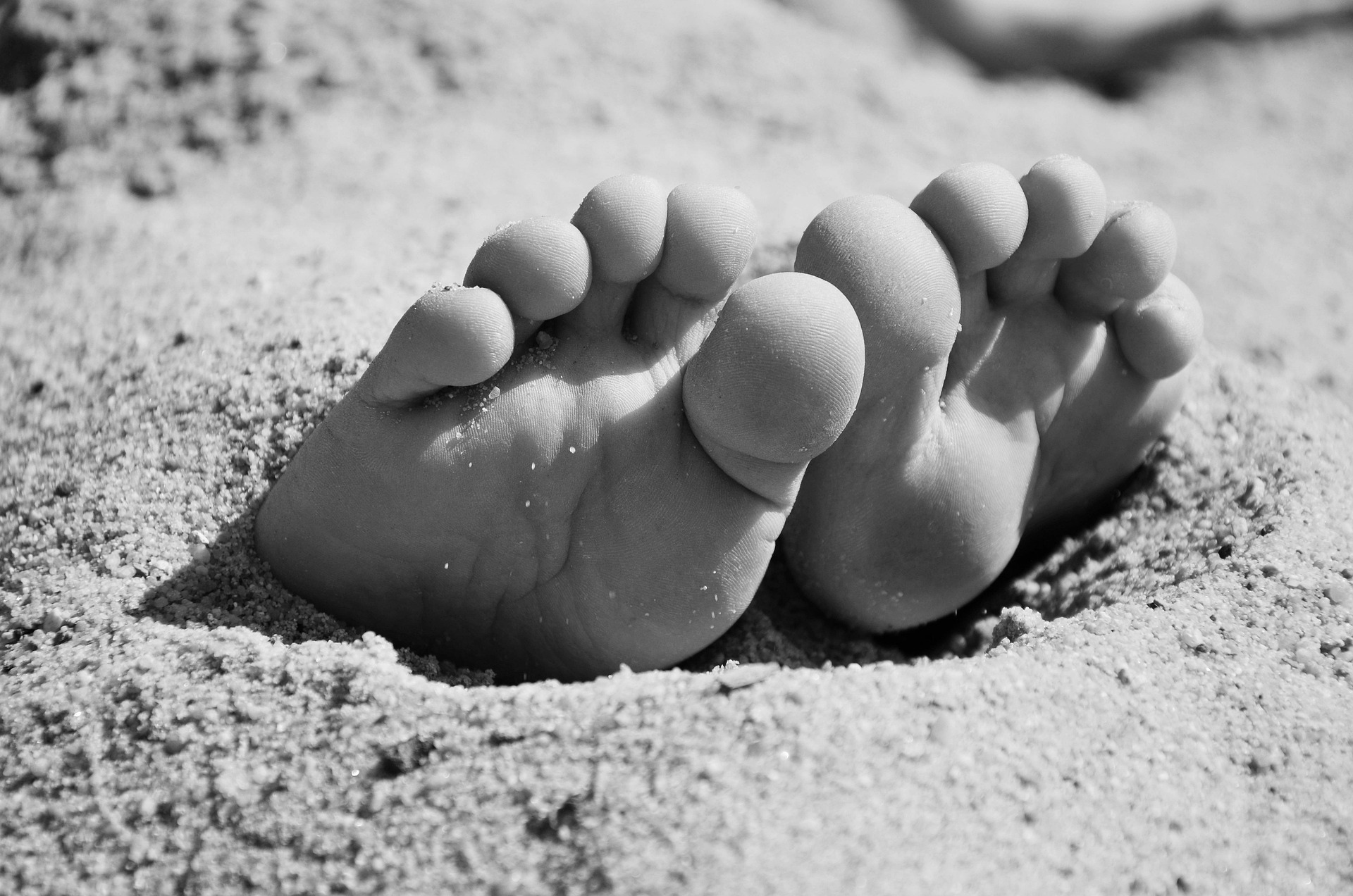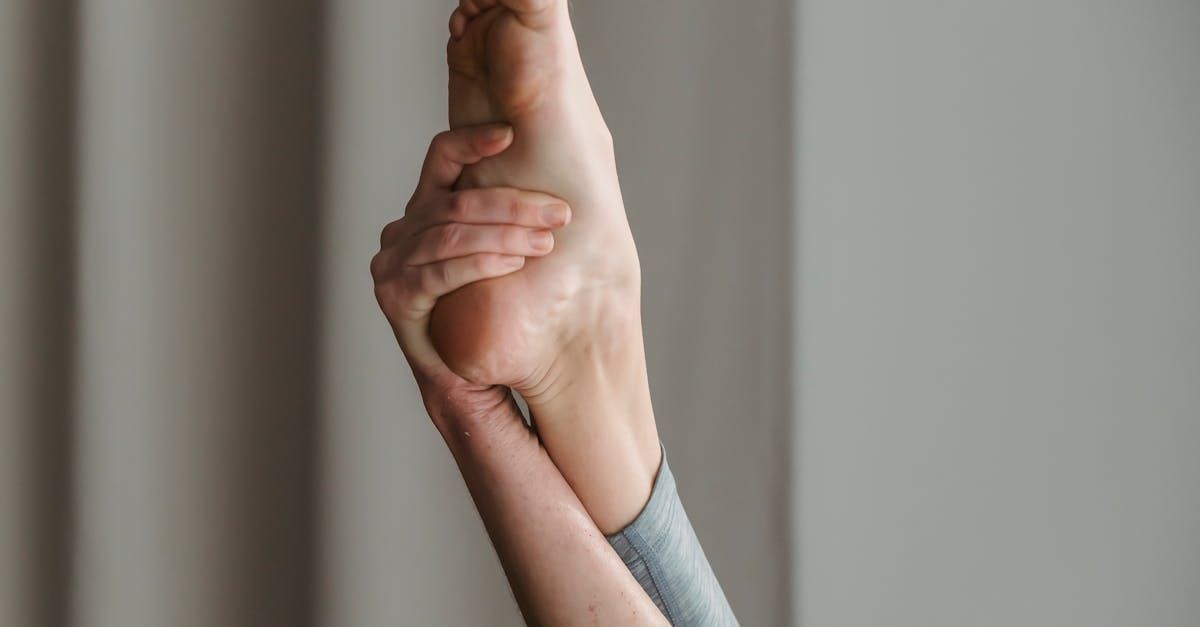Relieving Bunions : Tips for Summer Comfort
Take a load off this summer!
Summer is a time of fun, relaxation and sunshine. Unfortunately, for many, it is also a time of great discomfort due to bunions, which can greatly impact comfortability and can restrict what you can come up to this summer. Bunions, those bony bumps that form on the joint at the base of your big toe, can flare up during the summer due to increased activity levels and the desire to wear open-toed footwear such as sandals.
Bunions shouldn’t be allowed to ruin your summer so we wanted to provide effective support and guidance on how to keep bunion discomfort to a minimum. This article will provide practical tips to help you manage bunion discomfort during the warmer months. Though, if you are experiencing regular pain that’s continually impacting your daily life, then it might be worth seeking bunion treatment.
Understanding Bunions
A bunion, or hallux valgus, develops when the bones of the big toe shift out of place, causing the tip of the big toe to be pulled toward the smaller toes. This shift results in the characteristic bump on the side of the foot which can cause discomfort and can rub against regular footwear, which can lead to the development of corns and calluses. The causes of bunions aren’t 100% known but various factors have an impact including genetics, arthritis, and wearing ill-fitting shoes.
Why is summer so bad for bunions?
Summer brings unique challenges for those suffering from bunions. The combination of heat, increased physical activity, and fashionable footwear choices can exacerbate symptoms. Part of this is that the warm weather often encourages more walking, hiking, and outdoor sports. While these activities are beneficial for overall health, they can increase pressure on bunions, leading to heightened pain and inflammation.
Additionally, summer footwear, such as flip-flops and sandals, often lacks the support and cushioning needed for bunion relief. Fashionable but narrow shoes can squeeze the toes, worsening bunion discomfort. This can often be combined with the fact that heat can lead to swollen feet which worsens the impact of tighter footwear, making it even more challenging to find comfortable shoes.
Tips for Managing Bunion Discomfort in Summer
Fortunately, there are several strategies to manage bunion discomfort during the summer months. A key one is to opt for shoes that offer good arch support, a wide toe box, and cushioning. Avoid high heels and tight-fitting shoes, which can exacerbate bunion pain. Brands that specialise in orthopaedic or comfort footwear can be particularly helpful. If you do want to wear your nice sandals or tighter shoes, try to avoid long periods of wear and activities that would put unnecessary stress on your feet such as long hikes or sports.
For activities with tighter footwear, you may consider the use of bunion pads, available over the counter at most pharmacies. These can cushion the bunion and reduce friction from shoes. While not the most attractive option in terms of aesthetics, these pads help to minimise pain and prevent the bunion from worsening. There are also clear and discreeter forms available, often for a bit extra cash.
In terms of preventative measures you can take, keeping your body well-hydrated can help reduce overall swelling. Drinking plenty of water throughout the day is crucial, especially in hot weather. Specific exercises can also help to alleviate bunion pain and improve foot flexibility. Toe stretches, heel raises, and picking up small objects with your toes can strengthen the muscles around the bunion and reduce discomfort.
If you do start to feel discomfort, there are steps you can take to ensure that the pain is minimal. Applying ice packs to the bunion can help reduce inflammation and numb the area, providing temporary relief from pain. Wrap ice in a cloth and apply it for 10-20 minutes several times a day. The usual over the counter painkillers, such as ibuprofen, can help manage pain and reduce inflammation. There are also plenty of bunion relief creams and ointments you can use to keep discomfort down.
Considering Bunion Surgery
For those experiencing severe pain and impaired mobility due to bunions,
bunion surgery may be the best option. While surgery is typically considered a last resort, it can provide significant relief and improved quality of life.
However, bunion surgery is perhaps best undertaken in the summer months for a few reasons.
- Recovery Time: Summer vacations and longer daylight hours can provide a more flexible schedule for recovery. You can take advantage of this period to rest and allow your foot to heal without the constraints of a busy work schedule or school commitments.
- Open-toed Shoes: Post-surgery, you may need to wear special footwear or avoid tight shoes. Summer’s casual dress code, including sandals and open-toed shoes, can accommodate this need more comfortably than winter boots.
If you are considering bunion surgery, it’s crucial to
consult with a podiatrist who specialises in this procedure. They can provide detailed information about the surgical process, recovery expectations, and the potential benefits and risks. Additionally, support groups and online forums can offer valuable insights and shared experiences from others who have undergone bunion surgery. Connecting with others can provide encouragement and practical tips for managing recovery.
While bunions can be particularly troublesome during the summer months, there are numerous strategies to alleviate discomfort and enjoy your favourite activities. From choosing supportive footwear to considering surgical options, you can take proactive steps to manage your bunion pain.
If you're contemplating surgery or simply want to get some advice on living with bunions, please book a consultation. We have availability privately and on the NHS throughout Leeds and are on hand to provide experienced advice and support for
bunion treatment.
Nuffield Health Leeds
2 Leighton Street
Leeds
LS1 3EB
Tel: 0113 3882147
Chapel Allerton Hospital
Chapeltown Road
Leeds
LS7 4SA
Tel: 0113 2623404
Leeds General Infirmary
Great George Street
Leeds
LS1 3EX
Tel: 0113 243 2799
All Rights Reserved | Ankle & Co Ltd | Privacy Policy


